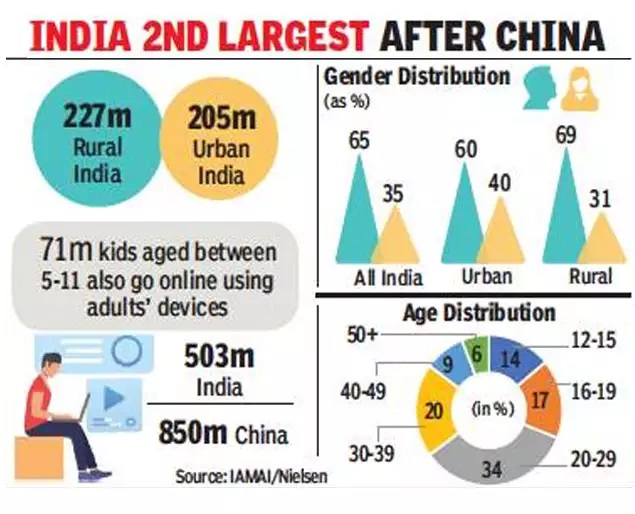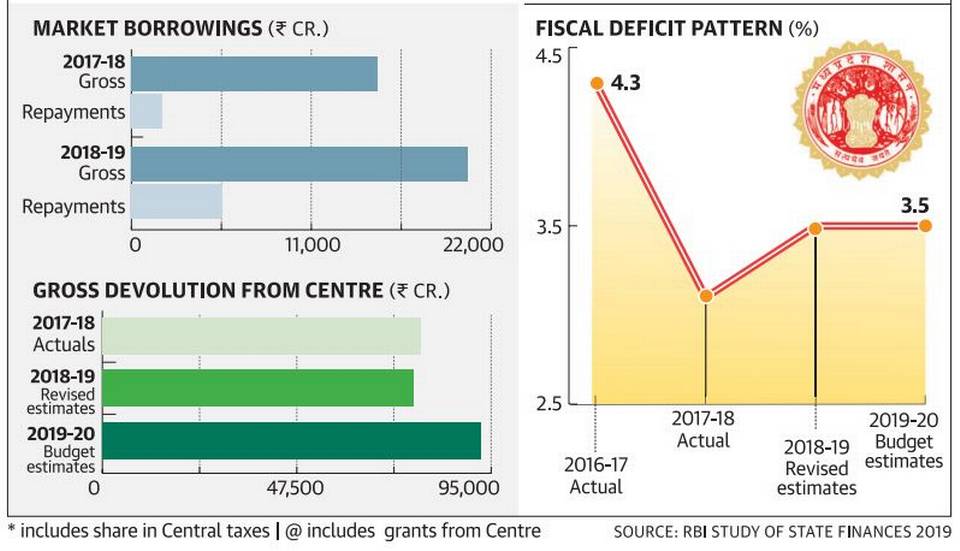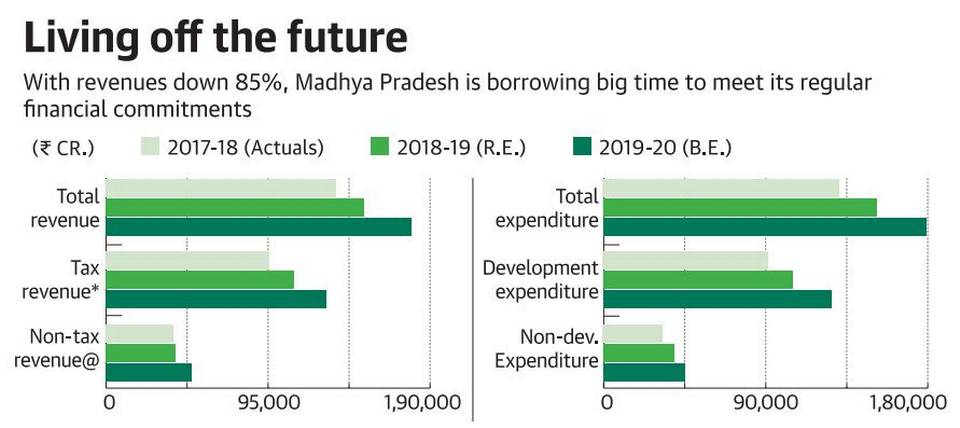Contents
- India has more internet users in rural areas than urban
- SC Rejects to quash cases against lockdown violators
- Human trial begins for COVID-19 vaccine in US
- China Launches new rocket and prototype spacecraft
- Iran approves new currency- Toman
- 3 Indian photographers win Pulitzer Prize
- Madhya Pradesh caught between pandemic and penury
INDIA HAS MORE INTERNET USERS IN RURAL AREAS THAN URBAN
Focus: GS-III Science and Technology
Why in news?
- Internet users in rural areas surpassed those in urban areas for the first time, according to the ‘Digital in India’ report by the Internet & Mobile Association of India (IAMAI).
- Another highlight from the report is that the increase in female internet users (26 million) was more than that of male internet users.
- IAMAI’s latest report states that as of November 2019, there were 227 million active internet users in rural areas out of a total of 504 in India.
- This makes India the second-largest internet user market behind China.
- The potential of adding new users in the hinterland still remains ‘immense’ in the coming few years, according to the report.

What is the reason behind this growth in internet users?
- Accessibility to affordable devices and cheap data plans were a major boost behind the growth of India’s internet users.
- The preferred device for accessing the internet was mobile in both urban and rural areas.
- Hindi users have gone up sizeably for us, a lot of content consumption is happening over Instagram as compared to Facebook.
- There is a surge in live video as well.
What about India’s position of Internet users in the world?
India has 40% internet usage, lagging behind US and China in terms of Internet Penetration (which is 88% for the US and 61% for China).
SC REJECTS TO QUASH CASES AGAINST LOCKDOWN VIOLATORS
Focus: GS-II Governance
Why in news?
The Supreme Court on 6th May dismissed a petition filed by a former Director-General of Police of Uttar Pradesh to quash FIRs registered against ordinary citizens for violating the COVID-19 lockdown.
Arguments for the quashing of Section 188 IPC:
- According to the Centre for Accountability and Systemic Change (CASC) data: 848 FIRs were filed between March 23 and April 13 under Section 188 of the IPC (disobedience of an order promulgated by a public servant) in 50 police stations in Delhi alone.
- Another report: 15,378 FIRs were registered in Uttar Pradesh against 48,503 persons under Section 188 IPC.
- Hence, a really large number of cases to be processed.
- In addition, there is the argument that there were several judgments of the Supreme Court itself that FIRs cannot be registered under Section 188 IPC.
- Police action on an individual who is perhaps suffering from distress and lack of information as a result of the circumstances has ramifications which can extend beyond the coronavirus lockdown, and cannot be good for a constitutional democracy.
- There is also the concern of the undue burden on police officers, who will have to do voluminous documentation in all such matters
What is section 188 of IPC?
The violation of Section 188 of the Indian Penal Code (IPC) attracts jail term of one month or fine up to Rs 200, or both and if the disobedience causes danger to human life, health or safety, the person can be punished with 6-month jail term and a fine of Rs 1,000 or both.
HUMAN TRIAL BEGINS FOR COVID-19 VACCINE IN US
Focus: GS-III Science and Technology
Why in news?
The American pharmaceutical giant Pfizer along with German biotech company BioNTech has begun human trials of a potential COVID-19 vaccine in the US.
What is being tested?
- The candidate is known as an mRNA vaccine, and it is meant to contain the instructions for making viral proteins that can trigger an immune response in patients infected with the virus.
- The trial is part of a global development programme, and the dosing of the first cohort in Germany was completed last week.
Significance:
- The short (less than four-month) timeframe in which they were able to move from pre-clinical studies to human testing is extraordinary.
- Pfizer and BioNTech are also working to scale up production for global supply.
- Pfizer plans to activate its extensive manufacturing network and invest at risk in an effort to produce an approved COVID-19 vaccine as quickly as possible for those most in need around the world.
- The breadth of this program should allow the production of millions of vaccine doses in 2020, increasing to hundreds of millions in 2021.
How Vaccines work?
- A vaccine works by training the immune system to recognize and combat pathogens, either viruses or bacteria.
- To do this, certain molecules from the pathogen must be introduced into the body to trigger an immune response.
- These molecules are called antigens, and they are present on all viruses and bacteria.
- By injecting these antigens into the body, the immune system can safely learn to recognize them as hostile invaders, produce antibodies, and remember them for the future.
CHINA LAUNCHES NEW ROCKET AND PROTOTYPE SPACECRAFT
Focus: GS-III Science and Technology
Why in news?
China on 5th May 2020 successfully launched a new rocket and prototype spacecraft, in a major test of the country’s ambitions to operate a permanent space station and send astronauts to the Moon.
Details
- ‘The Long March 5B’ rocket took off from the Wenchang launch site in the southern island of Hainan and eight minutes later an unmanned prototype spaceship successfully separated and entered its planned orbit.
- The spaceship will one day transport astronauts to a space station that China plans to complete by 2022 — and eventually to the Moon.
- It will have capacity for a crew of six.
Significance
- The United States is so far the only country to have successfully sent humans to the Moon. But Beijing has made huge strides in its effort to catch up, sending astronauts into space, satellites into orbit and a rover to the far side of the Moon.
- The successful maiden flight of the 54-metre Long March 5B — which has a take-off mass of about 849 tonnes — should reassure China, following failures of the 7A model in March and 3B model in April.
- The new spaceship will give China an advantage in the area of human spaceflight over Japan and Europe.
- China plans to send an astronaut to the Moon in about a decade and then build a base there.
IRAN APPROVES NEW CURRENCY- TOMAN
Focus: Prelims, GS-II International Relations
Why in news?
The Iran’s parliament has passed a bill allowing the government to slash four zeros from the Iranian ‘rial’.
Iran’s national currency will be changed from the Iranian rial to the ‘Toman’, which is equal to 10,000 rials, under the bill.
Why did they need a new currency?
- There was a sharp fall in the value of the currency as a result of crippling U.S. sanctions.
- As a result, the Iranian currency was trading at about 156,000 rials per dollar. To put it into perspective, Indian Rupee trades at about 75 Rupees for now, so 1 Rupee is equal to 555 Iranian Rial.
- Iran’s weak currency and high inflation have led to sporadic street protests since late 2017.
Example of such inflation in the past:
- The African nation of Zimbabwe provided an example of the worst-case scenario in the early 2000s.
- In response to serious economic problems, the country’s central bank began to print money at a staggering pace.
- That resulted in hyperinflation, which ran between 230 and 500 billion percent in 2008.
- Prices rose rapidly and consumers were forced to carry bags of money just to purchase basic staples.
- At the height of the crisis, 1 trillion Zimbabwean dollars were worth about 40 cents in U.S. currency.
What is Fiat Money?
Fiat money:
- It’s in the form of coin / currency Notes / (or sometimes virtual crypto coin).
- It is issued by the order of a King / Queen / Government / Central Bank.
The value of fiat money is derived from the relationship between supply and demand.
- When fiat money (currency/ coins) is legally valid for all debts & transactions throughout the country, such Fiat Money is called a Legal tender.
- Fiat money gets its value from a government order (i.e., fiat). That means, the government declares fiat money to be legal tender, which requires all people and firms within the country to accept it as a means of payment.
3 INDIAN PHOTOGRAPHERS WIN PULITZER PRIZE
Focus: Prelims, GS-II International Relations
Why in news?
The 2020 Pulitzer Prize winners were announced virtually on 4th May owing to the COVID-19 outbreak.
Indians who won:
- The Associated Press was awarded the feature photography prize for images showing life in Kashmir as India revoked its semi-autonomous status.
- Three photographers — Mukhtar Khan, Yasin Dar and Channi Anand —were named for the award.
- The three photojournalists had to take extreme measures such as taking cover in strangers’ homes, going around the roadblock, or hiding their camera in vegetable bags.
- After capturing various images of the protests, paramilitary action, police, and daily life, they will head to the airport and persuade the travellers to carry the images hidden in memory cards or flash drives and give them at AP’s office in New Delhi.
What is the Pulitzer Prize?
- The Pulitzer Prize is an award for achievements in newspaper, magazine and online journalism, literature, and musical composition in the United States.
- It was established in 1917 by provisions in the will of American (Hungarian-born) Joseph Pulitzer who had made his fortune as a newspaper publisher.
- It is Administered by Columbia University in New York City.
- Prizes are awarded yearly in 21 categories. The winner in the public service category of the journalism competition is awarded a gold medal.
MADHYA PRADESH CAUGHT BETWEEN PANDEMIC AND PENURY
Focus: GS-III Disaster Management
Why in news?
The stringent lockdown imposed to curb the COVID-19 outbreak has had a crippling impact on the economy of Madhya Pradesh, where tax collection — SGST and IGST put together — dropped by close to 85% in April.


Details
- Regarding GST arrears, the Centre has settled only part of the pendency for December and January.
- Staring at an imminent financial crunch, the State advanced its borrowings for April and May.
- The advance borrowing is vital given that the open market borrowing limit is considerably lower than the State’s urgent needs.
- Further, the priority is on only essential expenditure at present, relating to managing the COVID-19 pandemic, sustaining the lives of the poor, employment generation, and capital expenditure.
- Under different schemes, the government has infused an additional ₹1,000 crore in the Health department to help it deal with the outbreak.
Necessary relief has come from the Reserve Bank of India, which has hiked the Ways and Means Advances limit of ₹1,600 crore by 60%.




